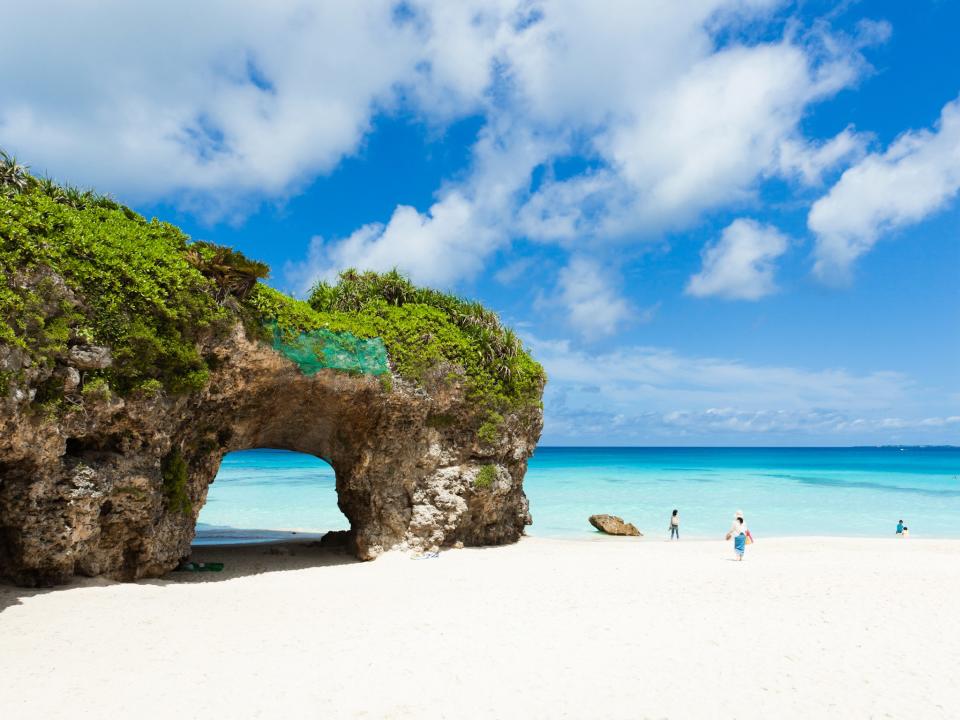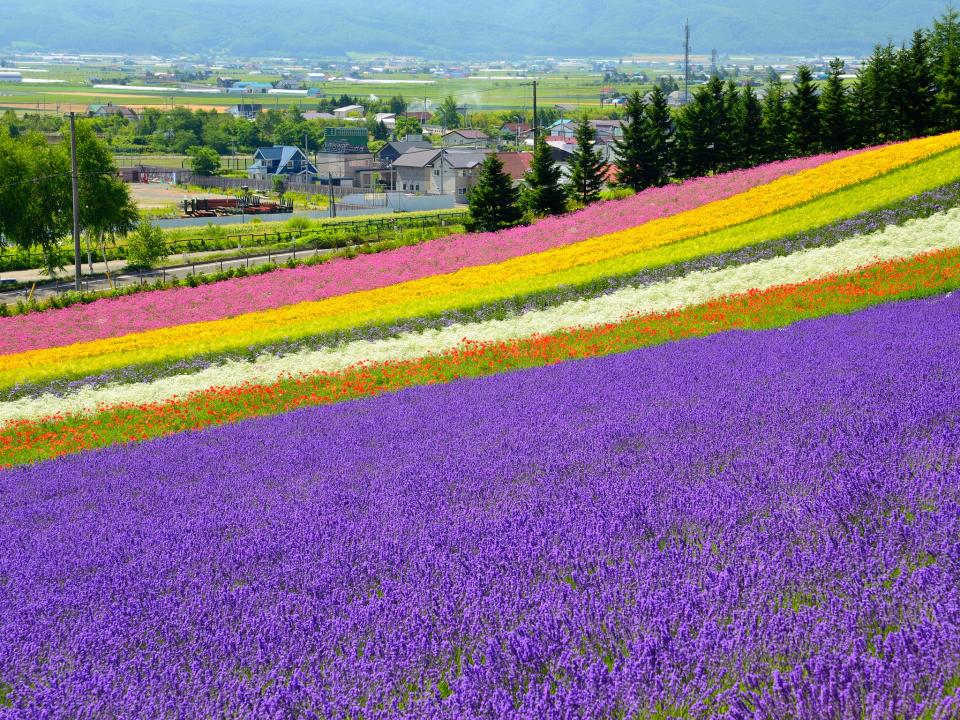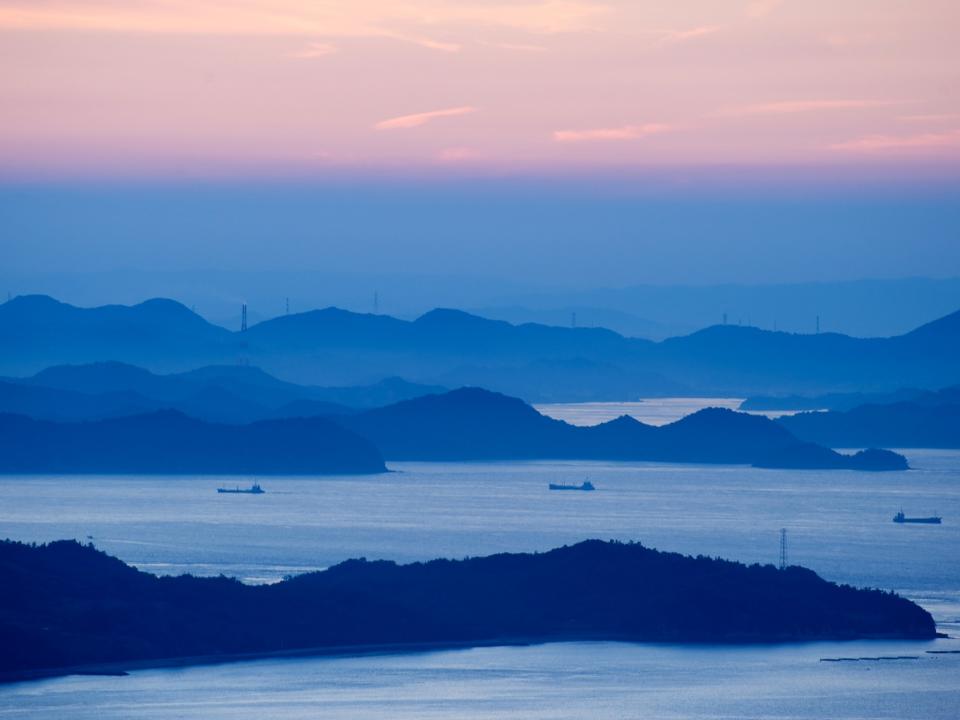Where to Go in Japan: 3 Places to Visit in 2017
By Katherine LaGrave. Photos: Getty.
Tokyo. Kyoto. These two metropolises—Japan's current and ancient capitals, respectively—are not only the country's most famous cities, but some of the brightest hubs of innovation, culture, history, and food, period: There's a reason Condé Nast Traveler readers voted them the No. 1 and No. 2 best cities in the world, after all. And while no trip to Japan is complete without a visit to Tokyo and Kyoto, the country comprising four main islands and 6,848 smaller islands and islets has much more to be seen. But where to start?
According to Ken Iwata, Executive Director of the Japan National Tourism Organization (JNTO), who spoke to Traveler during New York City's Japan Week, international tourists often skip areas frequented by Japanese travelers. "We want people to know the real Japan," he says. Here, some suggestions for what to tack on to your Japan trip in 2017.
Seto Inland Sea
Roughly an hour away from Kyoto and Osaka, the Seto Inland Sea—also known as Setonaikai—lies between the main islands of Honshu, Shikoku, and Kyushu. "We call it the Mediterranean of Japan," says Megumi Kawase-Hwang, also of the JNTO. "The seafood is really good, the scenery is beautiful, and you'll be really able to interact with locals." Those looking for a respite from the hustle and bustle of bigger cities will like that most of the sea is part of the Setonaikai National Park, one of the first national parks designated in Japan. Once an important trade route, the inland sea has an extensive ferry network, making hopping from any number of the 3,000 islands easier than ever. Naoshima, one of the eastern islands, is well known for its architecture, museums, and art: Most structures on the island were designed by Pritzker Prize-winning architect Tadao Ando, including its beating heart, the Benesse Art Site Naoshima. Year-round visitors can spot Yayoi Kusama's Pumpkin overlooking the sea; those lucky enough to travel to Naoshima during the idyllic Setouchi Triennale—one of the best art fairs in the world—will probably never want to leave.
Another suggestion on the Seto Inland Sea, says Iwata, is the historic Hiroshima, which was the first city to ever be targeted by a nuclear weapon, in 1945. Today, the rebuilt Hiroshima Castle has a museum that showcases samurai culture, and the Hiroshima Peace Memorial Park has a number of monuments detailing the city's history. Don't miss okonomiyaki, a savory "pancake" typically made of flour, cabbage, and yam that is considered a regional specialty.
Hokkaido
Hokkaido is best known as a winter destination, and the site of the 1972 Winter Olympics. Indeed, it does shine in December, January, and February when many destinations in Japan do not: It receives heavy snowfall, notches below-zero days, and the surrounding seas freeze—perfect conditions for bathing in hot springs and for skiing and snowboarding at resorts such as Furano, Rusutsu, and Niseko. In the spring and summer, Hokkaido's location as Japan's northernmost island also works in its favor, as it does not get as hot or humid as other areas of the country. Hokkaido is also the least developed of Japan's island, making it a perfect fit for adventurers looking to hike or cycle, or spot some of the country's wildlife: The Shiretoko Peninsula, on the island's easternmost portion, was registered as a UNESCO World Heritage Site in 2005 for its flora and fauna, and whale-watching is popular. Fruit-picking in scenic spots is also an option here in the fall, as are hot-air balloon rides over the autumnal hues of red and yellow—the leaves change here earlier than they do anywhere else in Japan.
Okinawa Islands
A subtropical island group, the Okinawa islands are a popular vacation spot for Japanese travelers. Once part of an independent kingdom that adopted Buddhism and feng shui from China, and banned weapons, the prefecture was later the site of significant World War II battles. Okinawa, the largest island of the group, is 400 miles south of mainland Japan, putting it on roughly the same equatorial plane as Hawaii—and indeed, there are many similarities: average annual temperatures of 74 degrees and picturesque white-sand beaches, for starters. The 14th-century Shuri Castle is one of the island's most popular sites, as is the Okinawa Churaumi Aquarium, one of the world's largest, and one of the few to keep whale sharks in captivity. Order a bowl (or three) of soba, a local noodle soup, and take day trips to Tokashiki for snorkeling and Ie for sunset cruises. As Pico Iyer writes for Traveler, "the islands have long been a refuge for surfers, divers, back-to-the-landers, and anyone who wishes to escape Japan without actually leaving it."
This story originally appeared on Conde Nast Traveler.
More from Conde Nast Traveler:
Readers' Choice Awards Reveal Best Hotels
10 Ways to Make Your Flight Hate You
The 50 Most Beautiful Places in Europe
The Most Beautiful Coastal Towns in Italy



